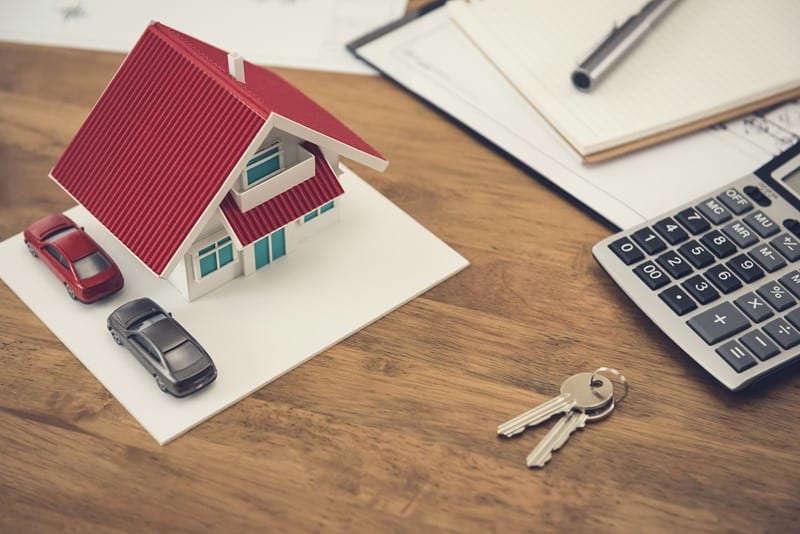Two separate £1,000 tax allowances for property and trading income were introduced in April 2017. If you have both types of income highlighted below, then you can claim a £1,000 allowance for each.
The £1,000 exemptions from tax apply to:
- If you make up to £1,000 from self-employment, casual services (such as babysitting or gardening) or hiring personal equipment (such as power tools). This is known as the trading allowance.
- If your annual gross property income is £1,000 or less, from one or more property businesses you will not have to tell HMRC or declare this income on a tax return. For example, from renting a driveway. This is known as the property allowance.
Where each respective allowance covers all the individual’s relevant income (before expenses) the income is tax-free and does not have to be declared. Taxpayers with higher amounts of income will have the choice, when calculating their taxable profits, of deducting the allowance from their receipts, instead of deducting the actual allowable expenses.
You cannot use the allowances in a tax year, if you have any trade or property income from:
- a company you, or someone connected to you, owns or controls;
- a partnership where you, or someone connected to you, are partners; or from
- your employer or the employer of your spouse or civil partner.
You cannot use the property allowance if you:
- claim the tax reducer for finance costs, such as mortgage interest for a residential property; or
- deduct expenses from income from letting a room in your own home, instead of using the Rent a Room scheme.
Source:HM Revenue & Customs| 15-07-2024


